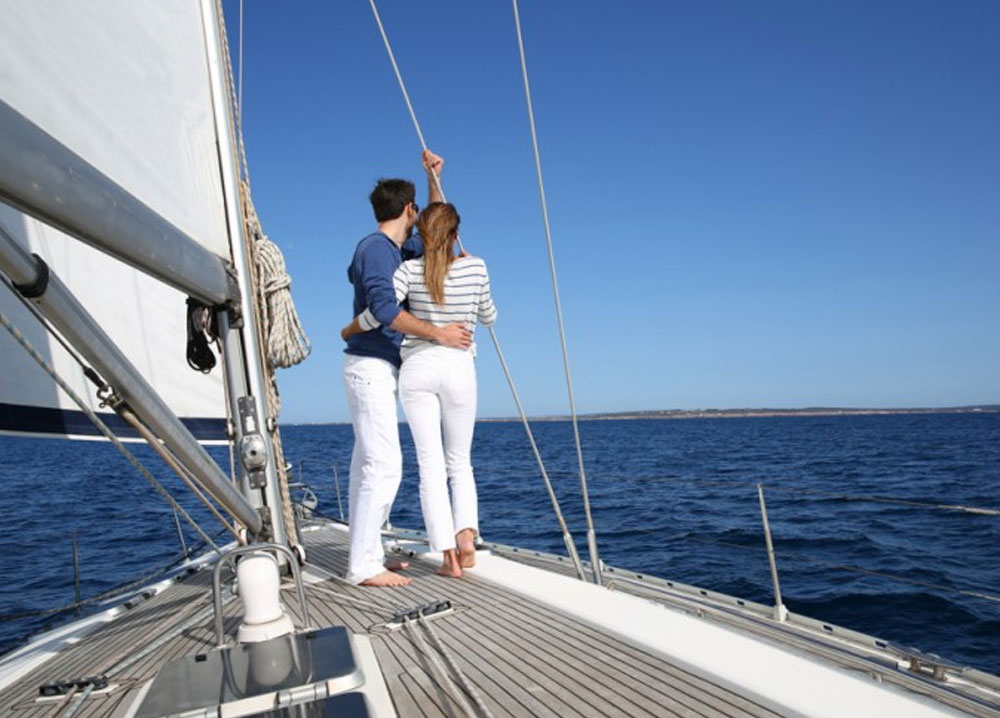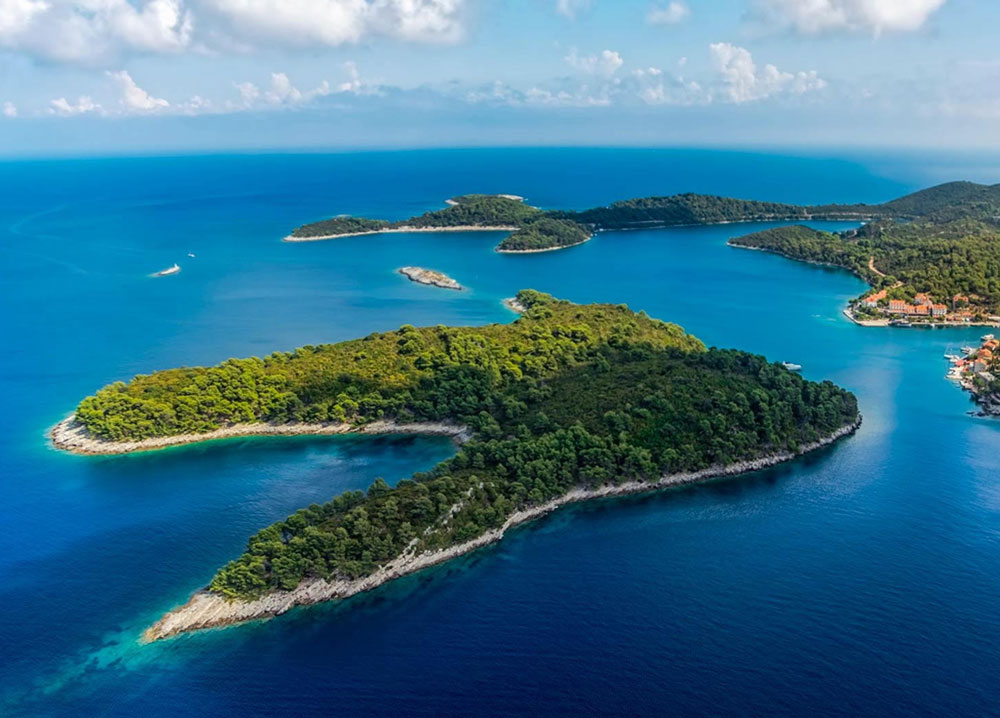Sailing The Sparkling Seas of Croatia
While Dubrovnik’s charminghistoric old town shot to international fame following its starring role in the hit TV series Game of the Thrones, savvy travellers know there’s so much more to Croatia. The ethereal beauty of its bedazzling coast and multiple islands and islets along the Adriatic Sea make it a perfect destination for sailing.
Navigating from north to south, we’ve identified some of the hot spots you may wish to put on the consideration set as you plot your course down this diverse coast line.
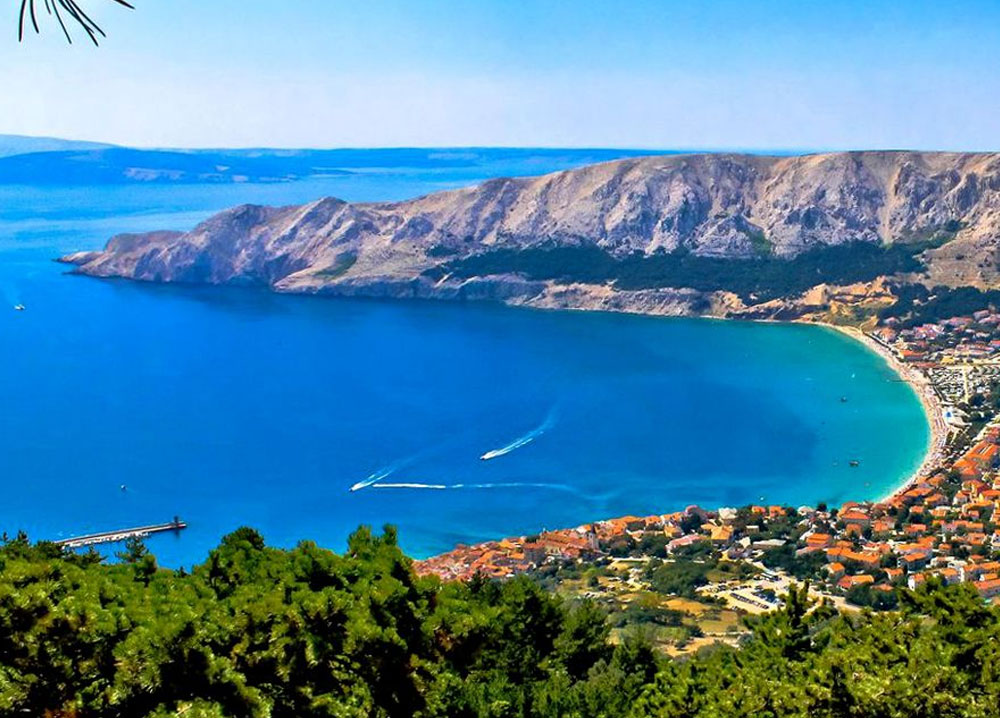
Kvarner Gulf
The protected waters in the north, surrounded by the Istrian peninsula and the Dalmatian Coast to the south, are known as the Kvarner Gulf (or Bay). Croatia’s largest port, Rijeka, sits at the Gulf’s north while a jumble of picturesque islands become increasingly green and lush as you head south.
With a scenic backdrop of soaring mountains and coastal hills and fishing villages and old port towns to explore, the Gulf is a perfect place to start your cruising adventure.
Rijeka and nearby Opatija are also worth a visit, for their stately Habsburg-era architecture and their ease of access to hiking trails inside the protected Učka Nature Park and Risnjak National Park.
Heading into Kvarner’s islands, Krk, Cres, Rab,Lošinj and Pag all beckon. With rocky coves, and unspoilt solitary beaches perfect for swimming, each has its own appeal.
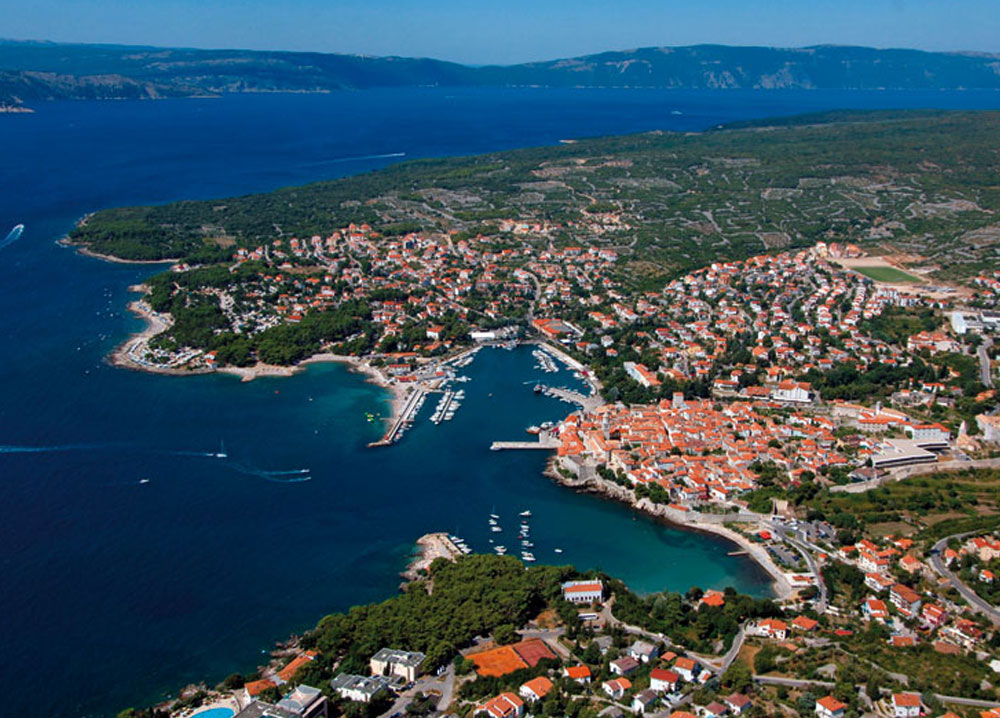
Krk
The island the vowels forgot, Krkis Croatia’s largest island and one of it’s busiest due to the ease of access from the mainland by bridge and its airport. It’s home to hundreds of thousands of Central Europeans during the summer who come to enjoy the spectacular sandy beaches of the fishing village and resort town of Baška.
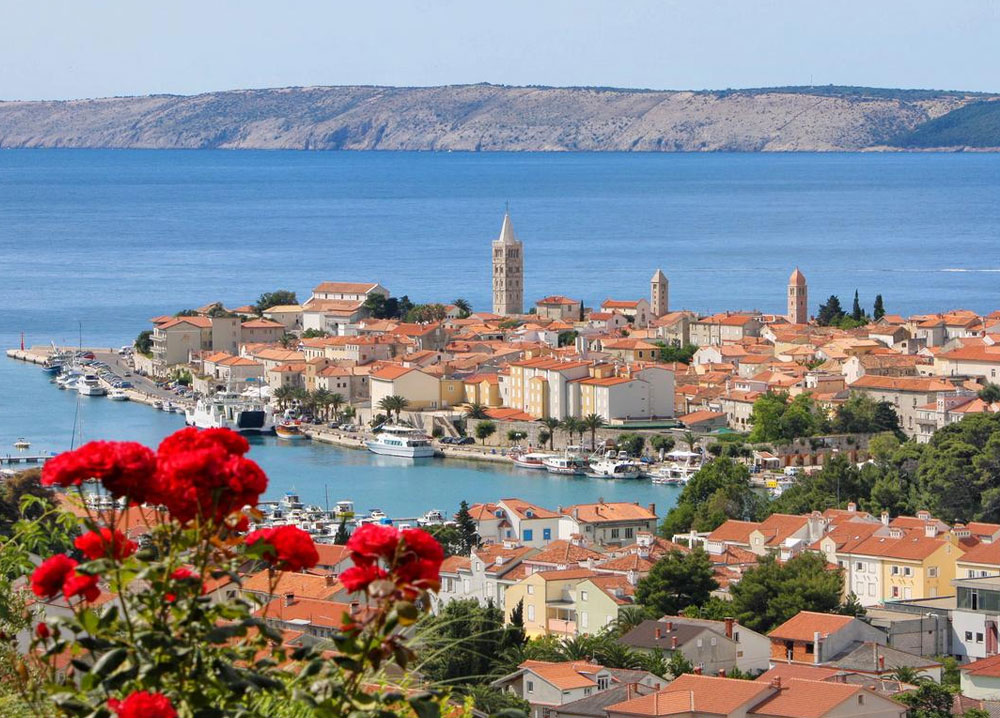
Rab, Cres and Lošinj
The smallest of the islands, Rab is also considered the most beautiful by some, with its lush western side, beautiful coves and glorious sandy beaches.
In fact a single island divided by an 11 metre channel at the old settlement of Osor, Cres and Lošinjremain relatively wild and unspoilt and yet to be really impacted by tourism. Lošinj also has a marine centre which is devoted to preserving the Adriatic’s dolphins and turtles.
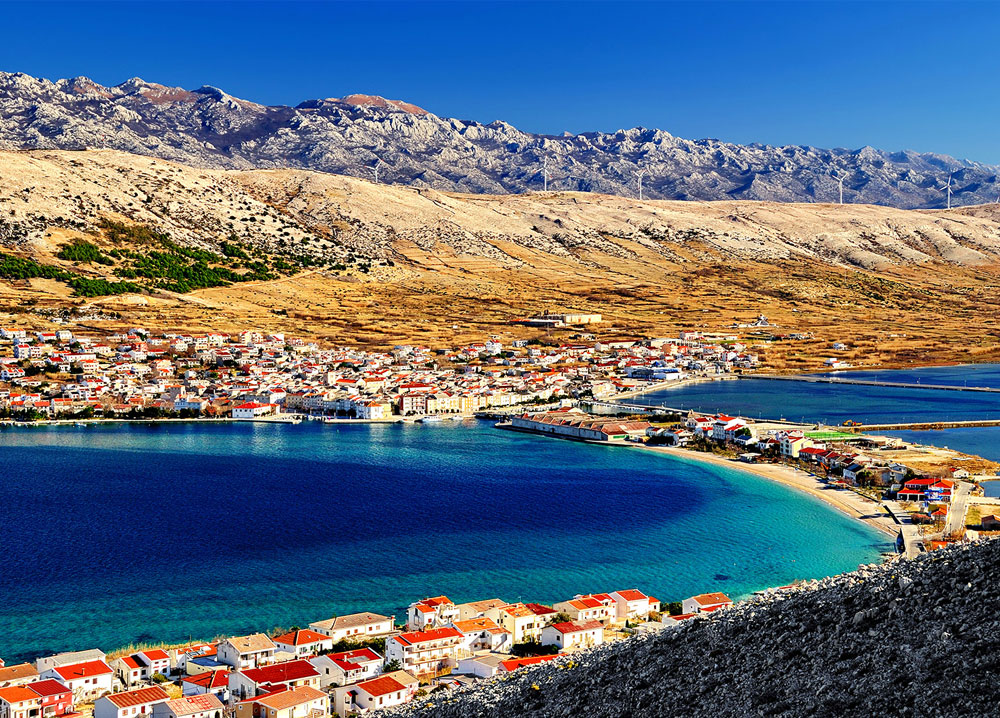
Pag
The furthest south of the Kvarner islands listed, Pag has the longest and one of the most dramatic coastlines of all. With its karst rock formations and stony slopes, the scenery is reminiscent of a moonscape.
In amongst the barrenness, Pag is known for its wine and cheese making traditions (it’s the source of the celebrated paški sir or Pag cheese) and surprisingly, it’s also the home to the buzzing party town Novalja’sZrće Beach, which is a summer nightlife hotspot of music festivals and 24-hour parties.
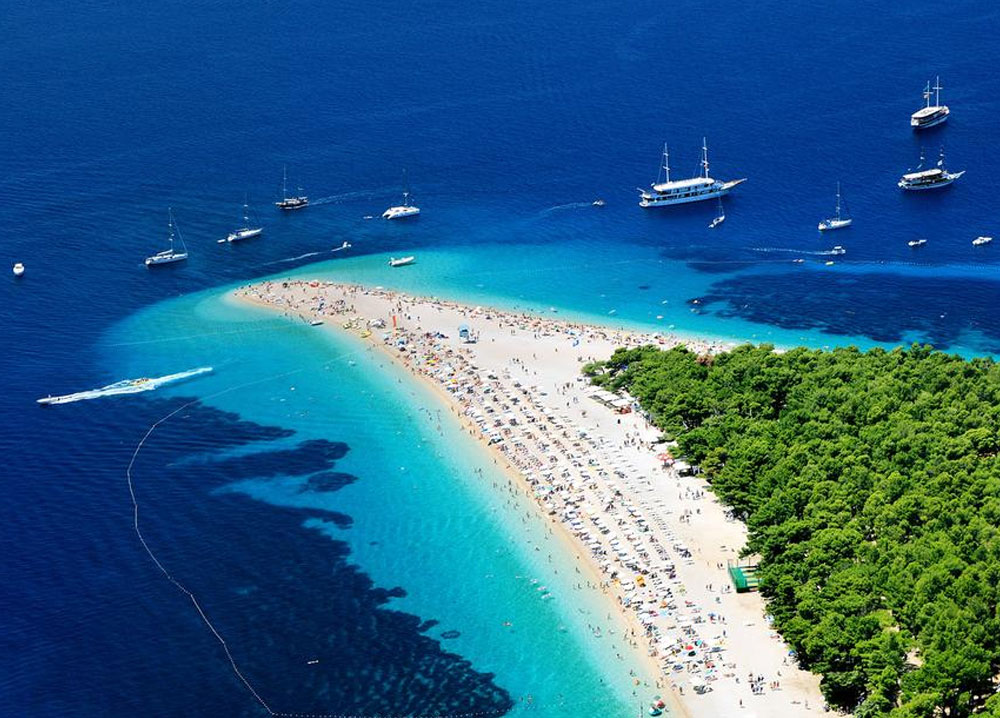
Brač
Leaving the Kvarner Gulf and heading into the warmer Dalmatian Coastal waters, next in line is Brač, the largest of the region’s islands, and perhaps the most famous with images of its iconic pebbly beach of Zlatni Rat well represented in tourism brochures.
Brač can be easily accessed by regular ferries into the port of Supetar. For those seeking a more relaxed stop as they sail through the seas, the smaller coastal settlements of Postira, Pučišća, Povlja and Milnacould be ideal options.
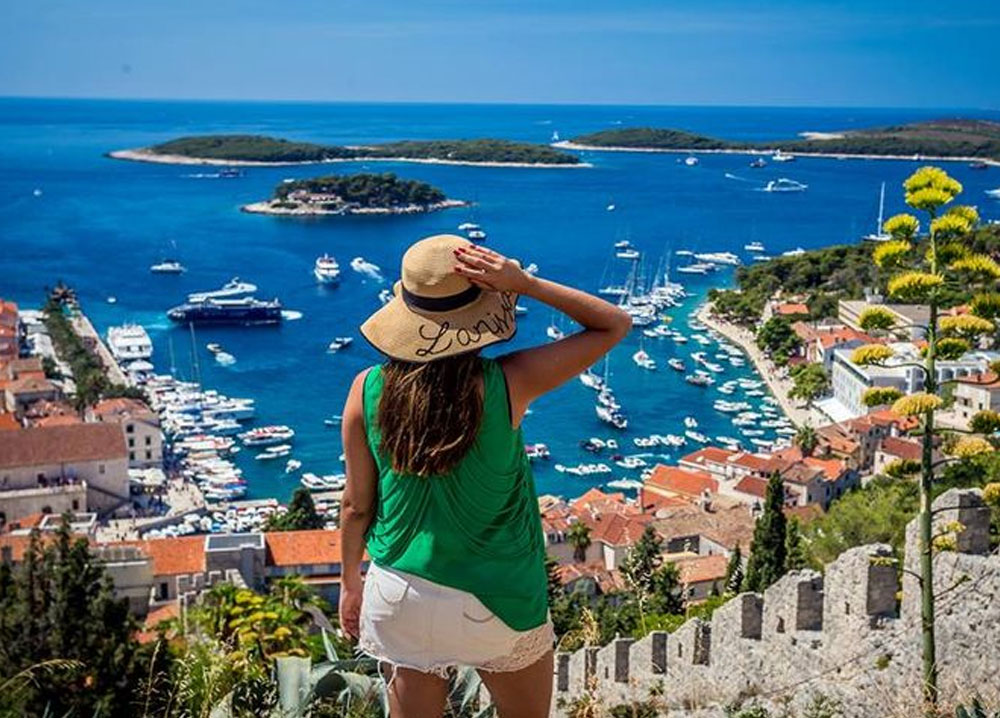
Hvar
Unlike many of its more northern counterparts, Hvar is one of the most fertile coastlines. Characterised by gentle winters, warm summers and many hours of sunshine, the island is striped by lavender fields and vineyards as the terrain descends gradually from the black pine woods down to white stoned bays. The island’s hub, Hvar Town, attracts up to 20,000 visitors a day. Historic highlights include 13th century walls which surround beautifully decorated Gothic palaces, a hilltop fortress and the main square with its Renaissance-era Hvar Cathedral focal point.
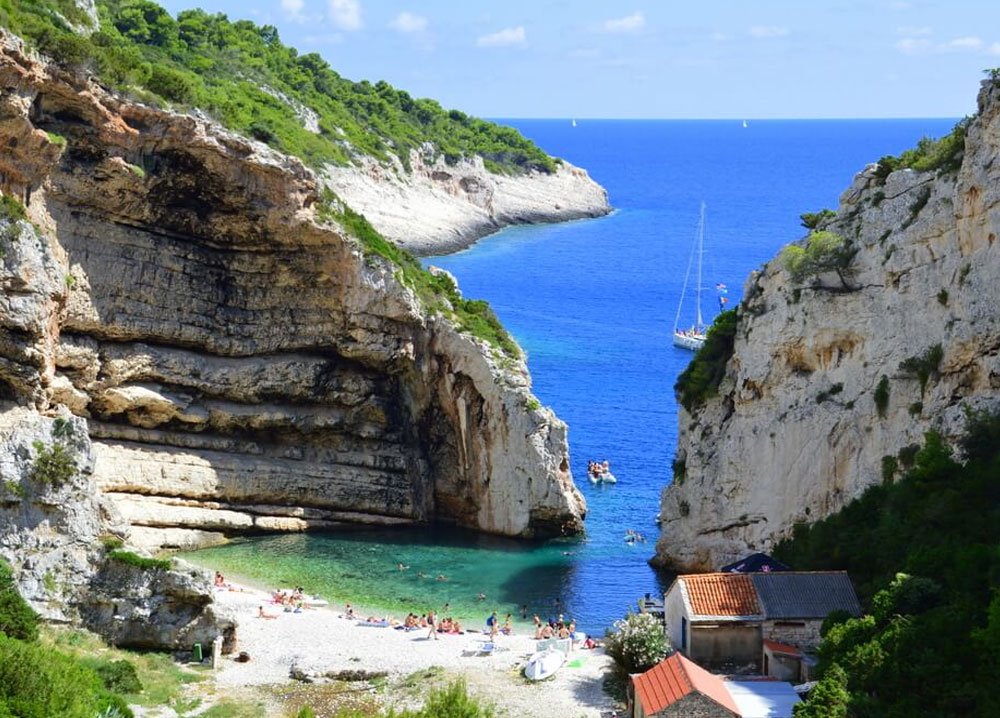
Vis
Further out to sea is the enigmatic island of Vis, which was cut off from foreign visitors until the end of the 80s due to its role as a Yugoslav military base. The preserved island has become a tourist drawcard for those seeking peace and quiet and authenticity, but we’d suggest you may want to get there soon if that’s your motivation. The island is the latest of locations to have featured as a prominent backdrop – this time as the set for the 2018 film Mamma Mia! Here We Go Again.
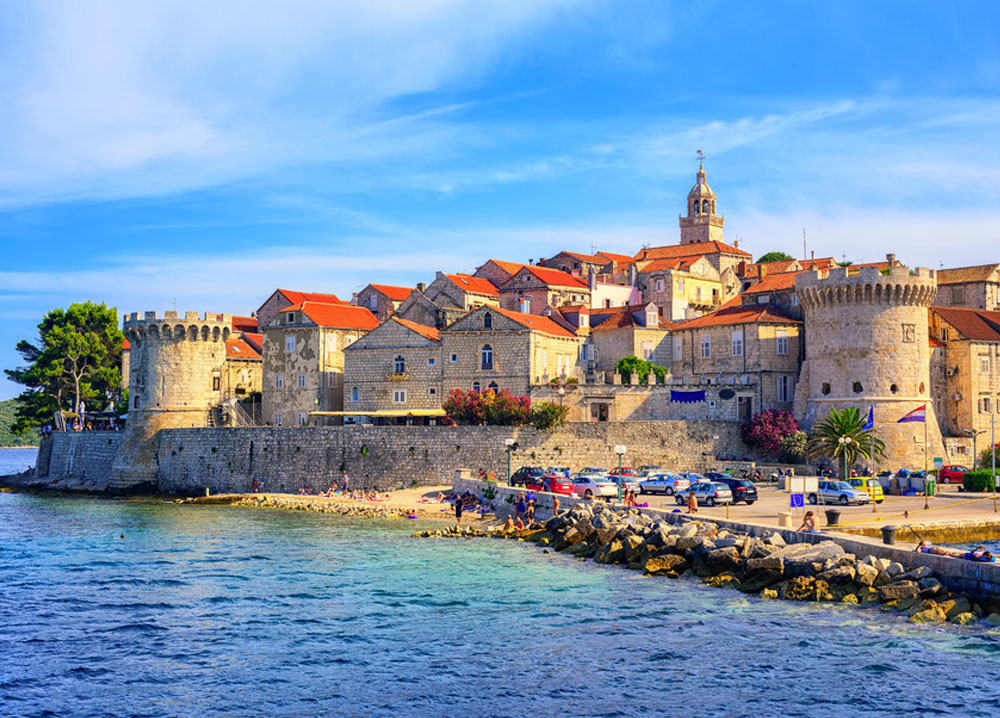
Korčula
Given Korčulais not connected to the mainland by a bridge, sailing is the optimal way to arrive at what has been deemed by many to be the legendary Marco Polo’s birthplace.
Home to just over 15,000 people within its towns and villages, this charming island is cloaked in vineyards, olives and pine forests. Nestled in its secluded bays and unspoilt beaches, it’s the perfect hideaway for a romantic cruise for two.
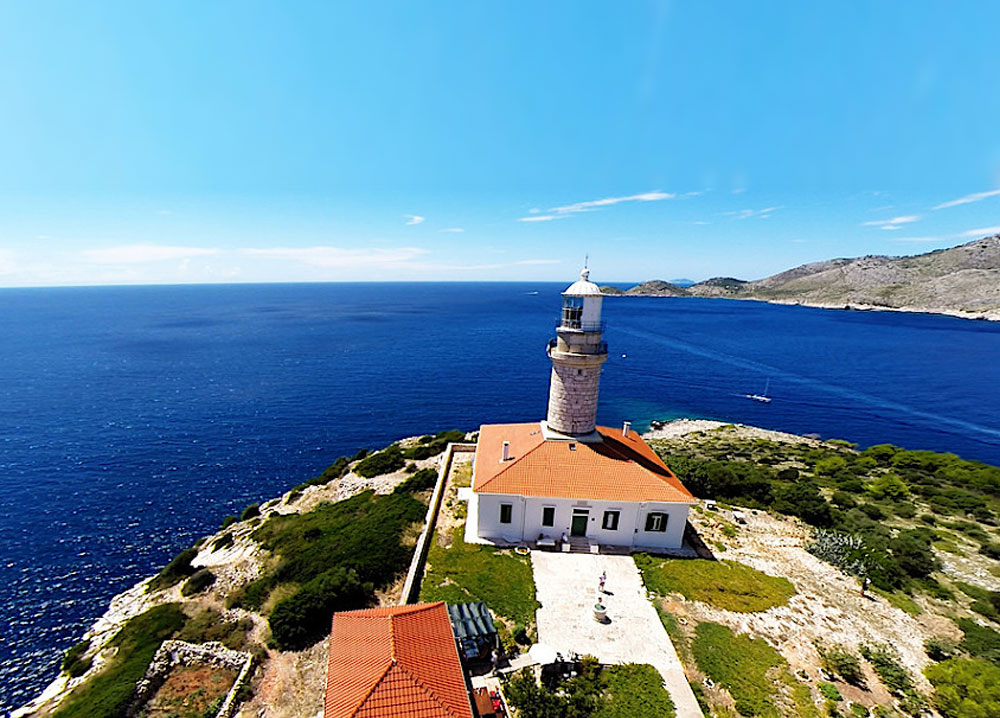
Lastovo
To the south of Korčula, Lastovo is one of the most remote and undeveloped of Croatia’s islands, and shares a military history similar to that of Vis. The island is more popular with sailors, who like to moor in its little bays, than land-based arrivals who primarily come to see its stone houses and older churches.
Home to dolphins, green turtles and a range of other sealife, Lastovo and the surrounding islets are now protected as part of the Lastovo Archipelago Nature Park.

Elafiti(Elaphiti) Islands
The archipelago of the Elafiti Islands, which includes three inhabited islands of Koločep, Lopud and Šipan, makes a perfect voyage from Dubrovnik. The first two are entirely car-free, which makes them even more enticing in our minds! Originally named after the Greek word elafos, meaning deer, the islands played important roles in the region’s marine history.
If you want help planning your Croatia holiday, just reach out to us on 1800 242 353 or chat live online.

